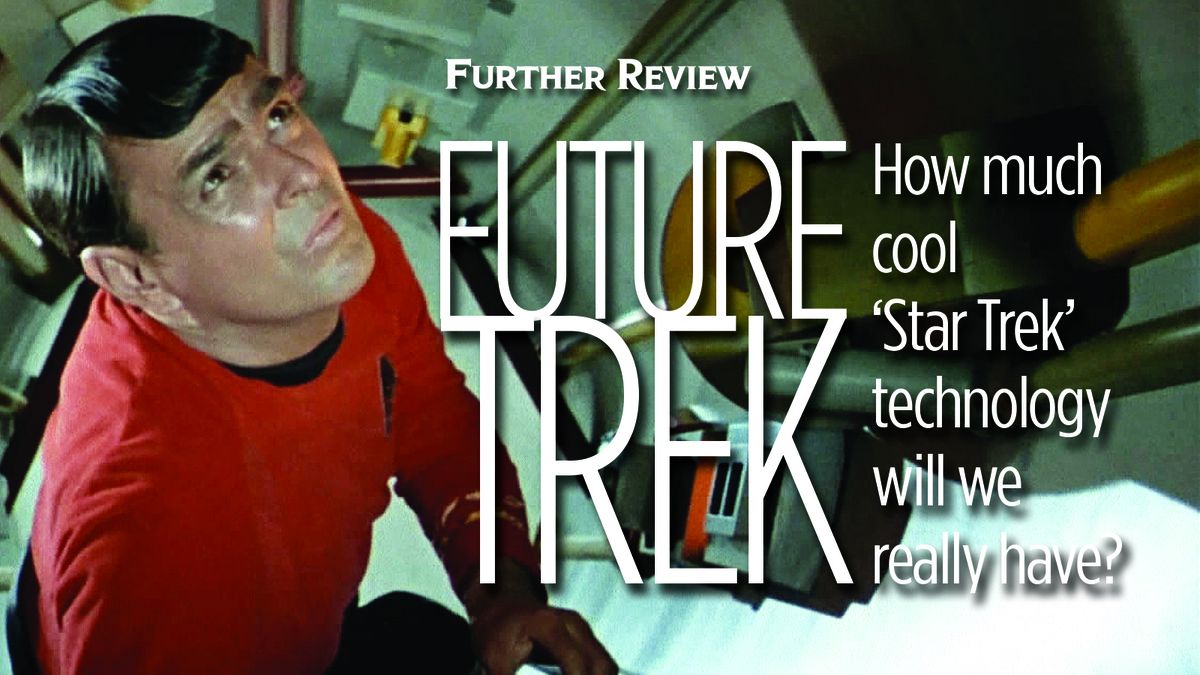
By Charles Apple
The Spokesman-Review
Here’s a look at the technological and sociological advances predicted — some accurately and some not quite so much — by the 55-year-old “Star Trek” television and movie franchise.
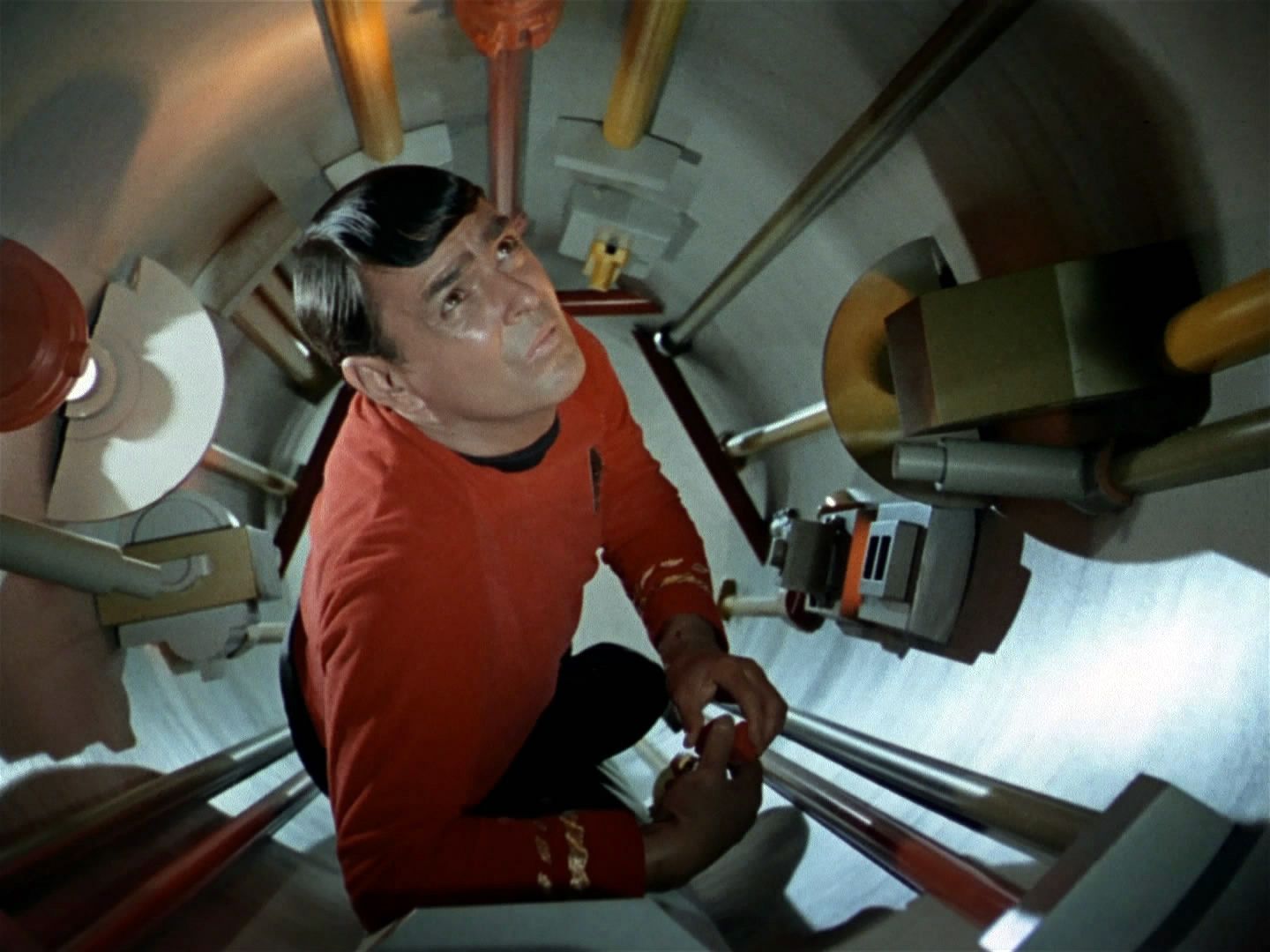
♦♦♦
COMMUNICATORS
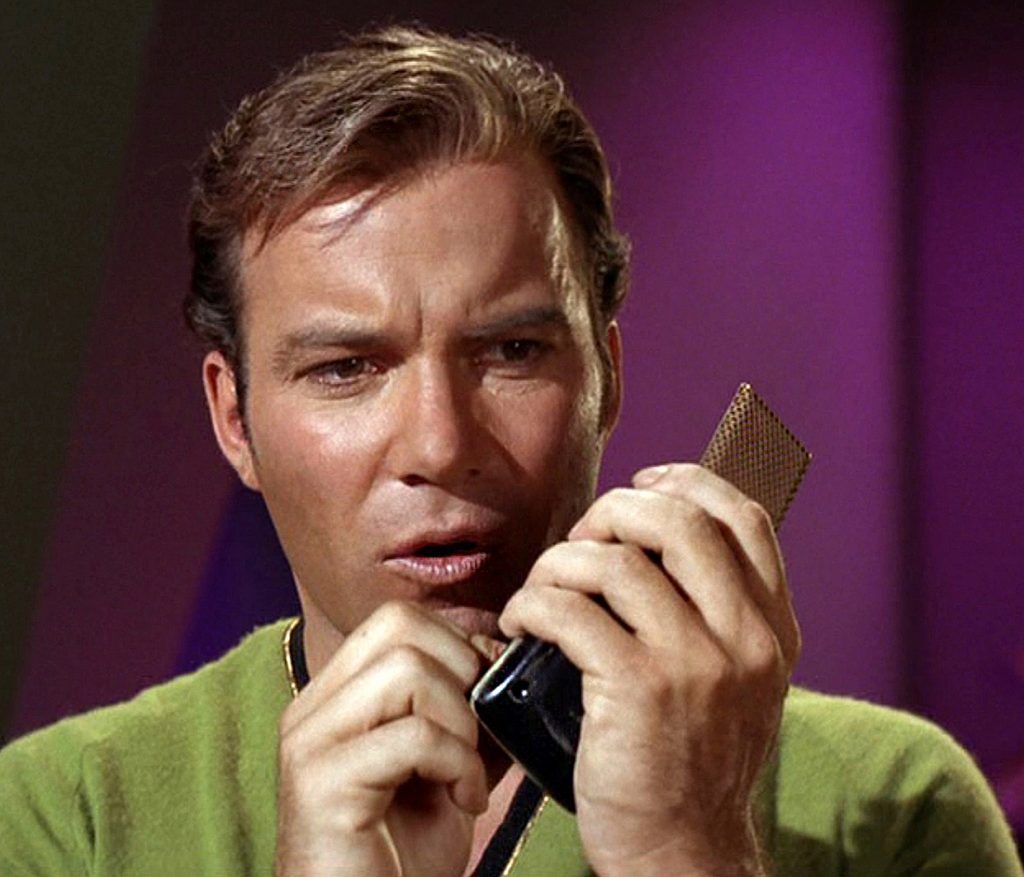
THEN: It was so cool in 1966 to watch Capt. James T. Kirk haul out his flip-top communicator to contact his ship, hundreds of miles away. Oh, man. If we could only have one of those ...
NOW: Flip-top cellphones — smaller, slicker and even more powerful than Kirk’s gadget — are now regarded as old-fashioned. Just think of how many pictures of his green girlfriends Kirk could store on a smartphone.
♦♦♦
VIEWSCREENS
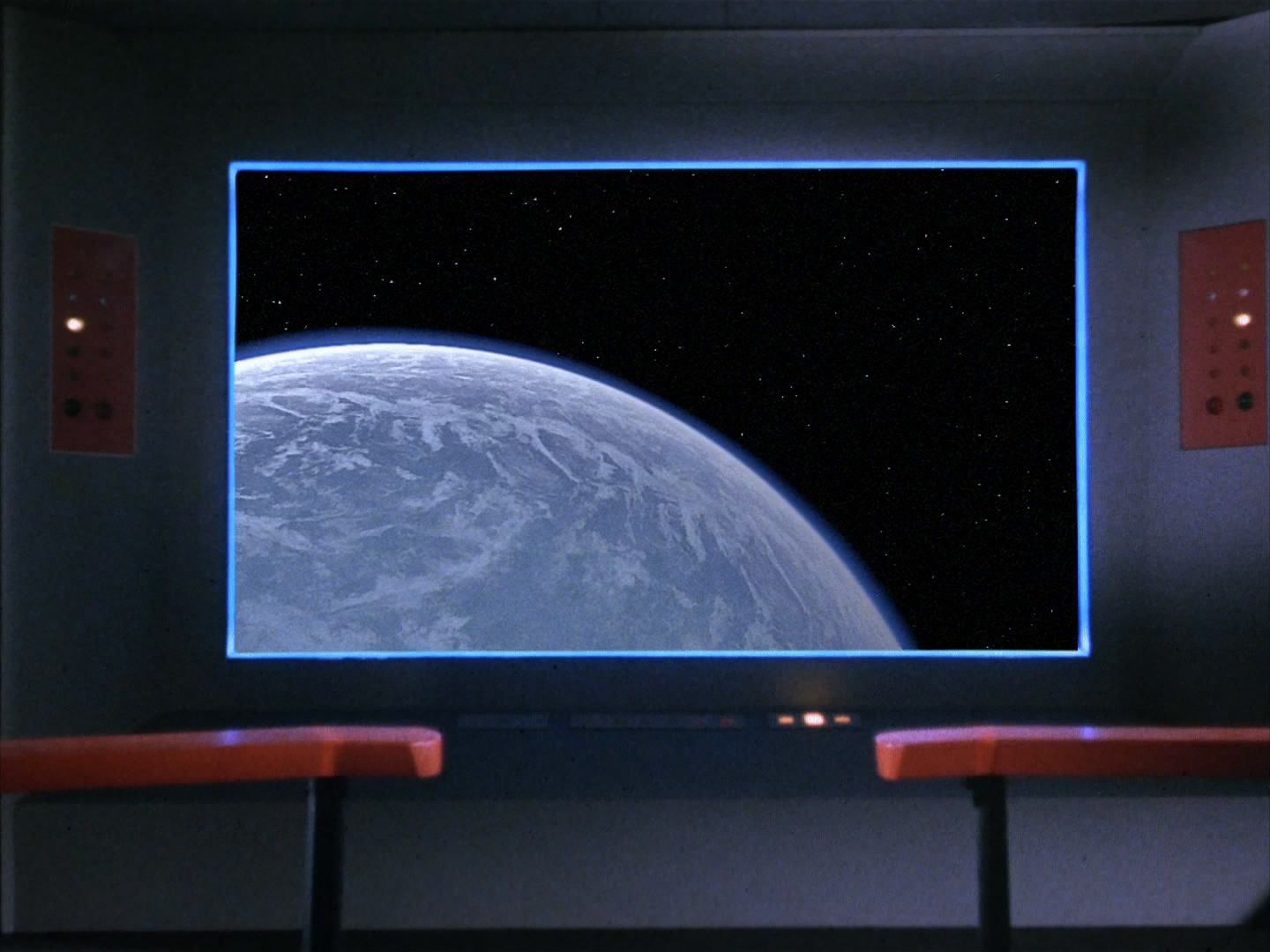
THEN: Enterprise captains use an enormous viewscreen at the front of the command bridge to see what is going on outside the ship, to review data and tactical diagrams and to videoconference with other people.
NOW: LED widescreen TVs come in sizes more than 100 inches wide and in 8K resolution, making for amazing video experiences. It’s a good thing Kirk didn’t have Netflix or he’d never have gotten any work done.
♦♦♦
TABLET COMPUTERS
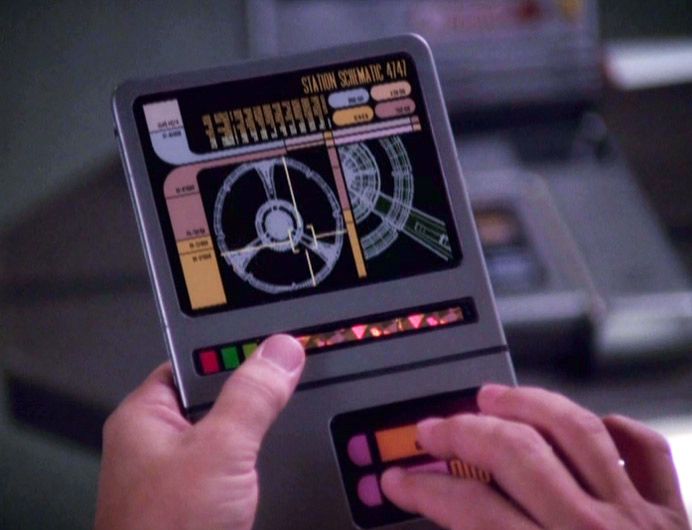
THEN: Capt. Kirk often was handed a small, booklike device with which he read data or signed an order or report. Later, Capt. Jean-Luc Picard and his crew used even smaller, slimmer models they called “padds.”
NOW: The similarity between the Star Trek padd and modern tablets like the iPad, the Galaxy, the Surface and the Kindle is striking. However, neither Kirk nor Picard needed unlimited data plans.
♦♦♦
UNIVERSAL TRANSLATORS
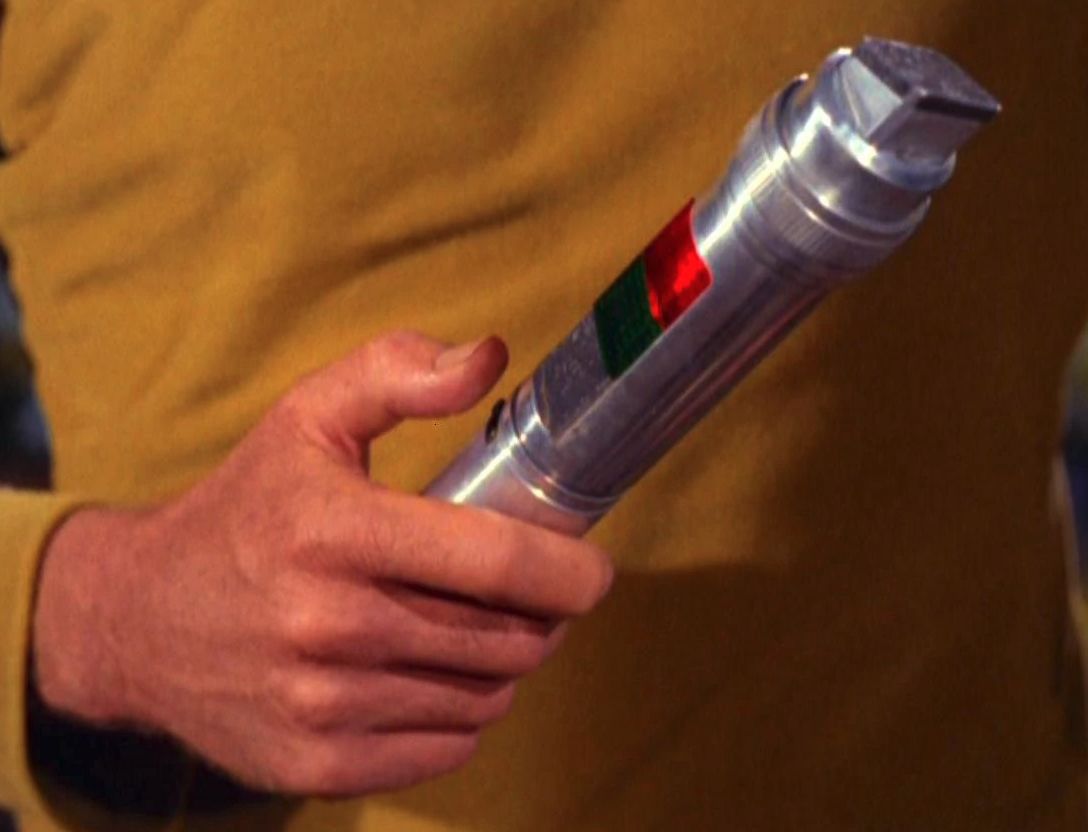
THEN: Kirk used a device that could convert any alien language into English. This would be very handy for avoiding interstellar conflicts that might arise from misunderstood phrases like “please pass the gravy.”
NOW: Google says its Google Translate now works in 109 languages “by detecting patterns in documents that have already been translated” and then making “intelligent guesses” at translating new text.
♦♦♦
HOLODECKS
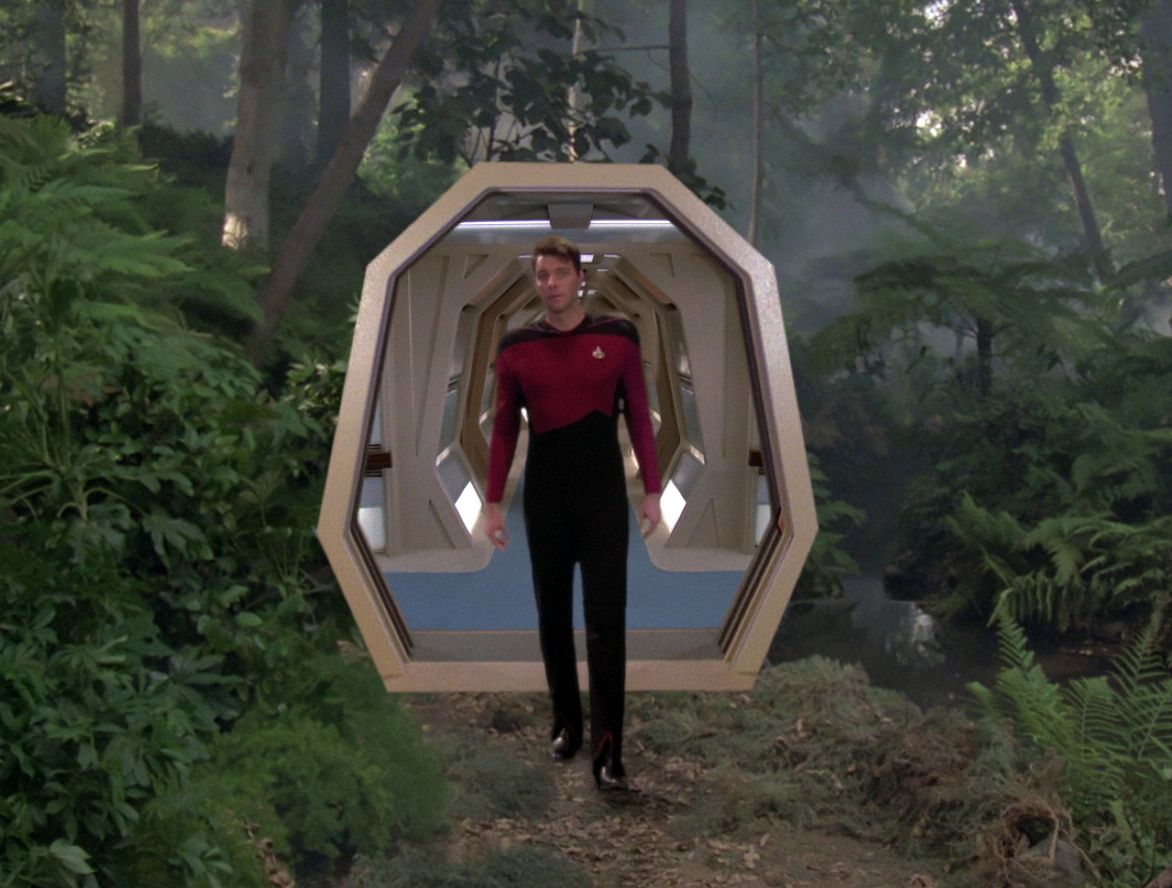
THEN: Picard and his crew on “The Next Generation” spent way too much time enjoying their holographic simulator. However, the device was always losing track of its safety protocols and endangering the users. Clearly, OSHA doesn’t exist in the 24th century.
NOW: Today, virtual reality labs and goggle-type headgear are used to simulate objects and to allow a user to “move” around a 3D image to see it from all angles. Of course, creating virtual trees, grass, furniture and virtual humans who feel like they’re made of flesh and blood would be another thing entirely.
♦♦♦
TRANSPARENT ALUMINUM
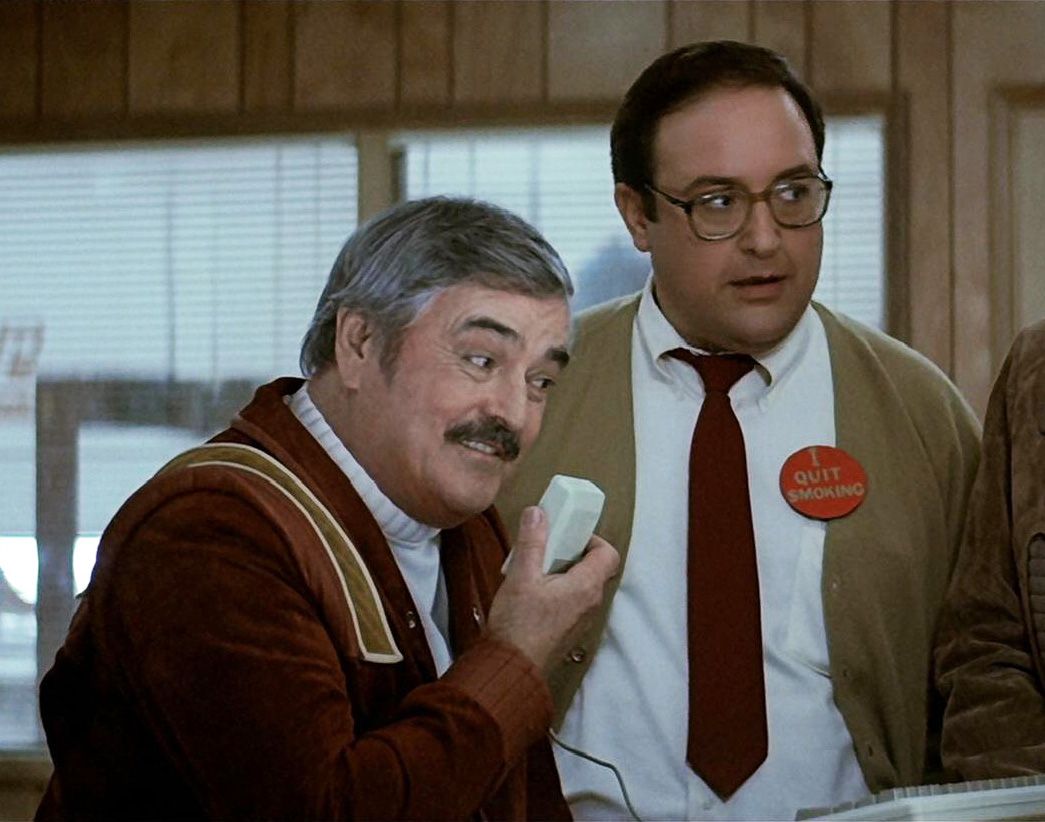
THEN: While traveling back in time in “Star Trek IV: The Voyage Home,” Scotty finds he needs a big chunk of transparent aluminum, which hadn’t been invented by 1986. So he slips the formula to the man history told him had created it and — voilà — an instant retaining wall for two humpback whales.
NOW: It doesn’t exist quite yet, but we’re close. Transparent aluminum armor, or aluminum oxynitride (ALON) has been in development for years. In particular, the Air Force is interested in possibly using a future form of ALON in aircraft windows and canopies.
♦♦♦
CLASS M PLANETS
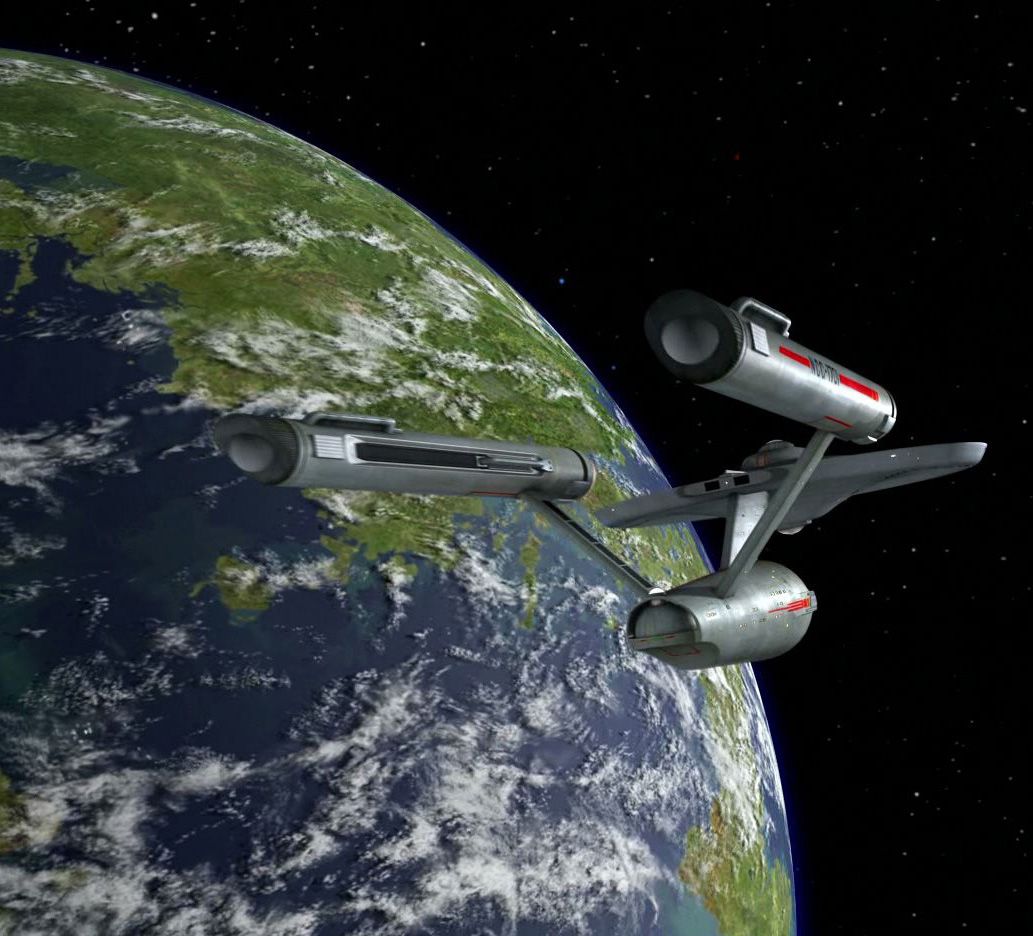
THEN: “Star Trek” producers came up with the idea of a “Class M planet”: One with conditions that approximate that of Earth. This saved a heck of a lot of money on expensive sets, bulky space-suit costumes and filming at exotic locations.
NOW: NASA has cataloged more than 60 planets, each within its respective star system’s “habitable zone” — the range from a star in which a planet containing life-sustaining water might be found. Any closer, water would boil off; any farther away, water might freeze.
♦♦♦
DOWNSIZING
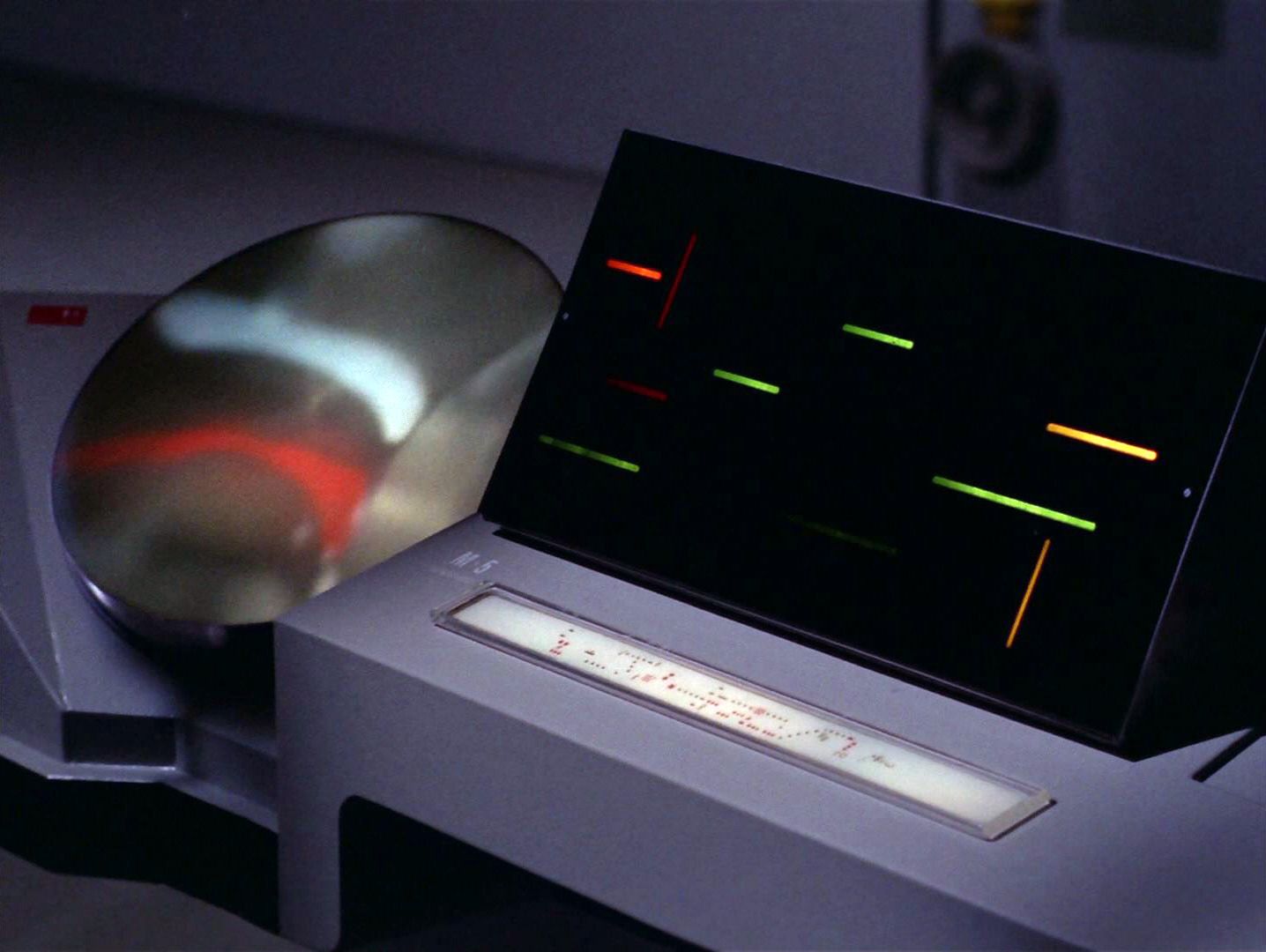
THEN: In one episode, Starfleet tests a computer with the goal of using it to replace the captain. Kirk breaks into a cold sweat ... until the M-5 melts down and kills several hundred bystanders. One wonders what kind of liability insurance coverage Starfleet can afford ...
NOW: Computer algorithms have replaced humans — online “live chat” help and telephone call screening, for example. And don’t forget Alexa and Siri. There is even software that can take plugged-in numbers and names and generate sports newspaper stories.
♦♦♦
REPLICATORS
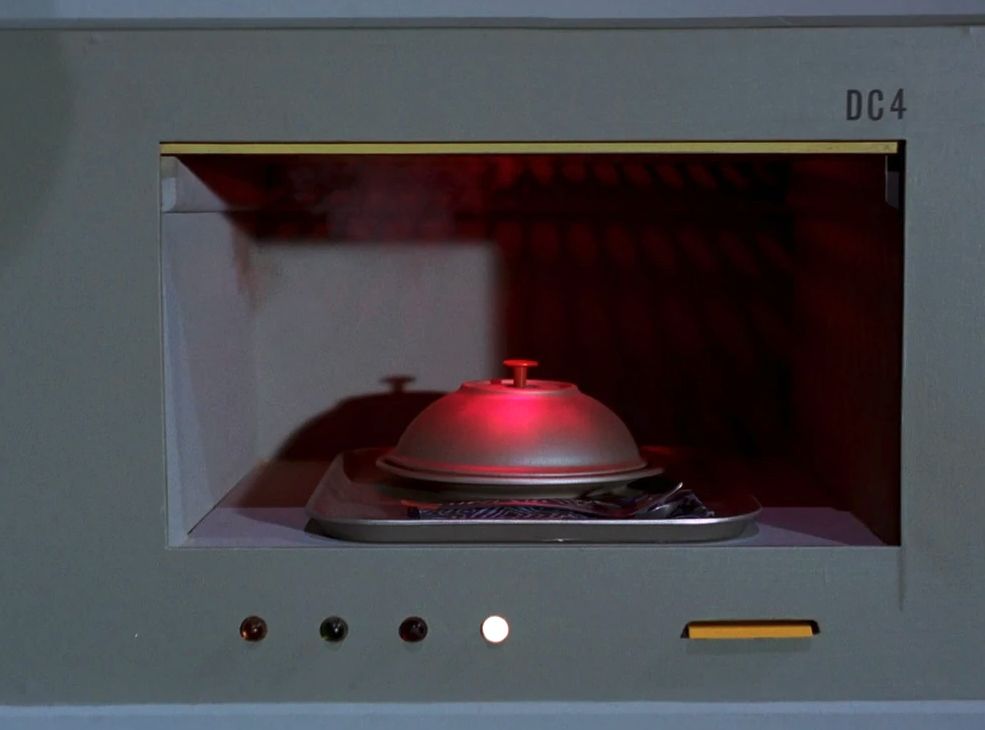
THEN: Various incarnations of the Starship Enterprise have included a replicator to create tools, uniforms, food — really, anything the crew needed at work or play.
NOW: Today’s 3D printing technology uses materials like polymers or resins to build nearly anything into a 3D shape. This includes models, furniture, artificial limbs and replacement body parts and even guns. Scientists are also hoping to one day create complex pharmaceuticals with this technology, the Guardian reports.
♦♦♦
TRANSPORTERS
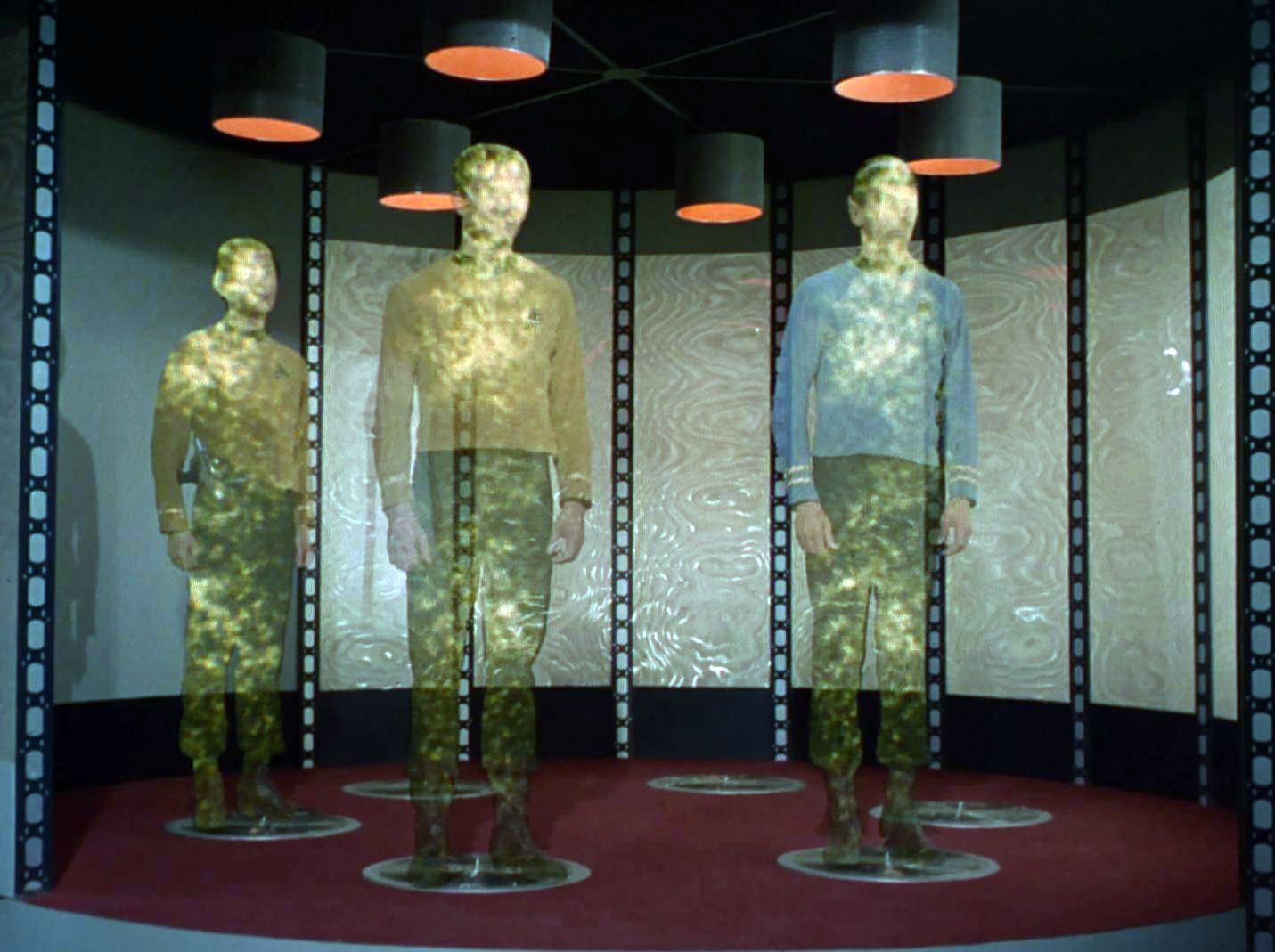
THEN: Rather than climb into a bulky shuttlecraft to visit a planet, Kirk and his crew stand in a transporter chamber and, with a flash of special effects, are “beamed” to the surface of a planet. The transporters were constantly breaking down, however.
NOW: Scientists have sent “messages” encoded in beams of light across a few feet, but they can’t teleport anything with actual mass. If they could, they’d probably have to use a chamber-to-chamber system — like Jeff Goldblum used in “The Fly.”
Sources: The Guardian, How Stuff Works, Wired, Google, MSNBC, Space.com, NASA
ALL IMAGES: PARAMOUNT PICTURES